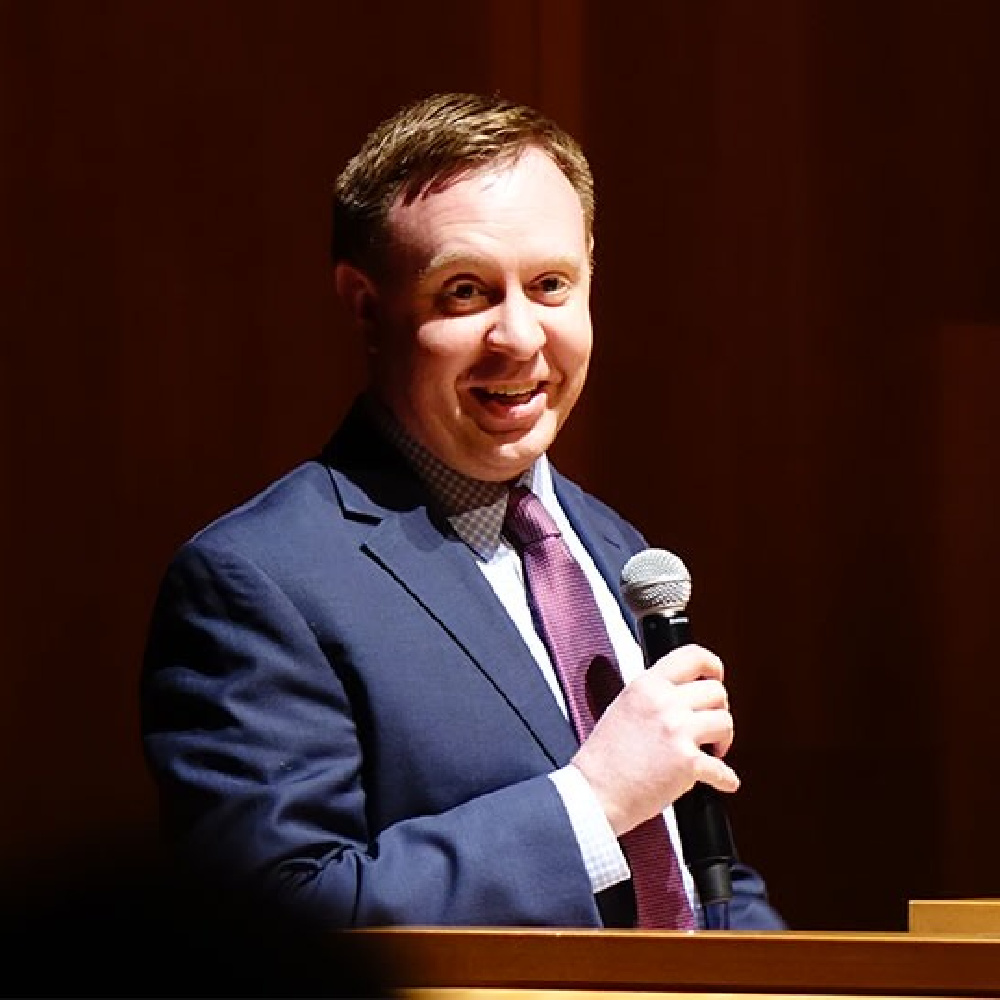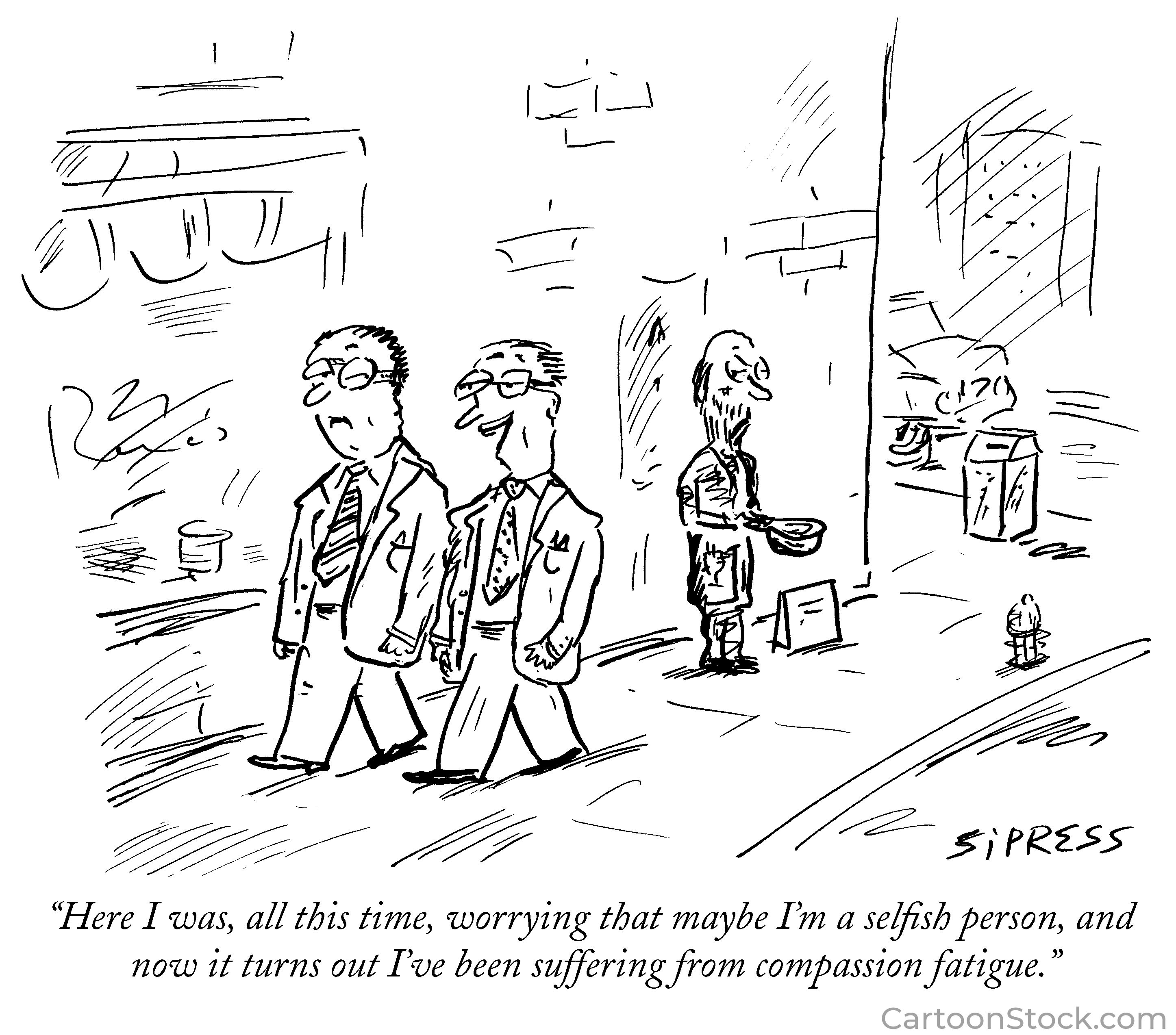One year ago yesterday, on August 23, 2021, Elder Jeffrey Holland delivered his now famous—or to some, infamous—address to Brigham Young University faculty and staff. Reactions to his remarks were predictably swift and severe in our age of outrage and immediacy, though also no doubt reflective of genuine consternation. For many, the whole affair was just one more in a long train of abuses and transgressions grounded in the Church of Jesus Christ’s alleged phobias (homo-, trans-, etc.). Still others, however, defended a Holland that little resembled the one depicted in some of the more caustic reactions to his address. In the war of words that erupted in the aftermath of his remarks, one revelation made itself disconcertingly clear: There are deep fissures in the community of saints.
Unsurprisingly, much of the post-address perturbation focused on Elder Holland’s musket fire metaphor and its impact on our LGBT+ brothers and sisters. (See here, here, here, here, here, here, and here.) Having read many responses to Holland’s address before the address itself, I was struck when I finally did read it by how readily an image clearly invoked in defense of positions (“the kingdom,” “marriage,” “the faith”) was flattened into a blatant act of rhetorical aggression against people (our LGBT+ identifying brothers and sisters). These reactions were especially surprising since Holland included explicit guardrails to steer interpretations of his meaning towards a defanged, if still potent, metaphor (“let me go no farther …”). Those guardrails were meant, moreover, to deflect the interpretation not of Holland’s critics but of insiders who may be only too eager to see in his words an implicit invitation to steady the ark against certain winds of cultural change. An image clearly invoked in defense of positions was flattened into a blatant act of rhetorical aggression against people.
The rise of a new U?
Sometime around 2016, the rise of what Jonathan Haidt calls the social justice university (SJU) gained widespread attention. At SJU, social justice displaces truth as the institution’s central purpose. Although the historical entanglement of these two values has led some, like Nancy Koppelman, to see them as compatible in modern universities, academia’s recent past has provided plenty of cause for concern. Indeed, the scandal at Koppelman’s own institution (Evergreen State University), which is missing from her otherwise informative study, proved to be something of a recent canary in the coal mine of higher education. The problem (or at least the concern) is, as the title of an essay by the political scientist Charles Lipson put it, that “Woke Colleges Are Assembly Lines for Conformity.”
The ideological conformity one finds on college campuses likely stems in part from the political homogeneity of the professoriate and the extreme homogeneity of university administrators. Unfortunately, this homogeneity has real consequences for the process of knowledge production at universities. Indeed, we have disconcerting indications that the freedom of inquiry, so vital to the pursuit of truth, is already under fire. (See here and here.) What is more, those who challenge certain accepted dogmas can quickly land themselves in hot water. Recent castigations include softcore struggle sessions (see here, here, and here) and suspension or termination (see here, here, and here). Even those who survive their ordeal often find themselves rather worse for the wear. The Foundation for Individual Rights in Education’s report, Scholars under Fire, tracks the disconcerting trend since 2015 of scholars being targeted for ideological reasons. Is it any wonder that such an environment has led to a widespread chilling of speech on campuses, as people from across the political spectrum opt for the silence and security of self-censorship rather than risk offense? (See here and here.)
Religion by any other name
Haidt links the fervor that characterizes SJUs to our species’ unique psychology of the sacred. Human morality is deeply related to in-groups, often vesting certain people within these groups as the most righteous, innocent, or vulnerable. Sometime in the 1990s, he argues, a “moral passion” that revolves less around the truth than around specific victims arrived on campuses and proceeded to “[transform] the life of the university.” (Sociologists refer to the emergence of a specific type of victimhood culture.) Given the sacred nature of these victims—the “big three,” according to Haidt, are blacks, women, and LGBT+ persons—any perceived slight against them is considered not only verboten but blasphemy (Haidt’s term).
Haidt is not alone in adopting religious language to talk about social justice. (See here and here and here most recently) The danger is that uncoupled from the pursuit of truth, social justice (or, a least, the strand of it making so much noise these days) risks becoming a naked ideology, which, as Vaclav Havel reminds us, “is a specious way of relating to the world. It offers human beings the illusion of an identity, of dignity, and of morality while making it easier for them to part with them.”
By their fruits
At this point, the ideological conformity that Haidt and others have observed has become an ascendant norm on campuses across the nation. (See here, here, here, here, and here.) And from that seed has bloomed academia’s version of the tree of diversity, equity, and inclusion (DEI), whose branches, which produce such conceptual fruit as trigger warnings, microaggressions (see here and here), ideological litmus tests (see here and here), anti-racism efforts, and gender pronoun protocols, now stretch into virtually every corner of the academy, to say nothing of the broader society. All, in principle, in the service of creating a more just society.
To be sure, such a goal is noble in the face of legitimate concerns and nagging social inequalities (see here). And certain efforts undertaken will hopefully help to calm the troubled waters of our shared society (see here and here). Unfortunately, the potential problems are more pernicious than some may care to admit, and too often, in practice, those pursuing noble ends marshal ignoble means.
Pens and swords
It was in this academic context that Elder Holland uttered his now notorious metaphor. In an age when the conceptual space between words and violence has, for many, collapsed (see here and here), arguments about the defensive nature of Holland’s musket fire are likely to be seen as conceptual hairsplitting, at least among those who accept the proposition that words are violence. Of course, for those who believe such a proposition to be problematic (see here and Sarah Jeong’s reference to the metaphorical guillotining of opinionators here), the prospect of pursuing truth in an academic setting, to say nothing of living in a peaceful society, hangs in the balance. The prospect of pursuing truth in an academic setting, to say nothing of living in a peaceful society, hangs in the balance.
And this gets us to what is, for me, the crux of the matter. BYU adopts a sexual ethos at odds with the prevailing one found on many campuses today, to say nothing of various sectors of society more broadly. It is for this reason, I suspect, that Holland’s words attracted the level of fury they did. For many, Holland’s (and BYU’s and the Church’s) position is logically untenable—the adoption of certain positions, it is assumed, must preclude the possibility of loving certain people. Anything other than capitulation on the positions is then perceived as animus. From this vantage point, in other words, the only logical way of reading Holland’s words is as an attack against people, not a defense of positions.
Formally, the misreading of Holland’s musket-fire metaphor thus reveals a rhetorical sleight of hand in service of an ideological purpose. The misreading semantically conflates what Holland said with what he is claimed to have said (i.e., defense of positions v. attacks on people), and this conflation, in effect, elides Holland’s (and BYU’s and the Church’s) position.
Looking forward
So, where does this leave us?
Elder Holland’s talk and the reactions it occasioned highlight the tension at BYU between institutional prerogatives on the one hand and individual ministering on the other. It may be a hard needle to thread, especially given certain prevailing views on college campuses today, but this unique university attempts both to hold onto truths as it understands them (regarding “the kingdom,” “marriage,” and “the faith”) and to love and support those whose lives do not easily square with those truths. To this end, the same day Elder Holland gave his speech at BYU, the university announced the creation of a new Office of Belonging. Although some will no doubt see the coincidence as ironic, this view presupposes a lack of sincerity on the part of the university. I find such a position too cynical.
BYU has tried to carve out an idiosyncratic space for itself in the broader ecosystem of higher education. It shares some of the same values as its secular counterparts, even if it operates according to a different set of first principles. For instance, BYU engages in the pursuit of truth, but it does so “by study and also by faith” (D&C 88:118, my emphasis). Similarly, its brand of inclusivity is grounded less in de rigeur categories like gender than in humanity’s shared “primary identity as children of God” (see here). As campus dogmas go these days, one could do much worse. Of course, whether higher education’s notion of diversity is capacious enough to keep BYU in the university fold and whether the fissures cleaving the body of saints will widen or heal, only time will tell.

















